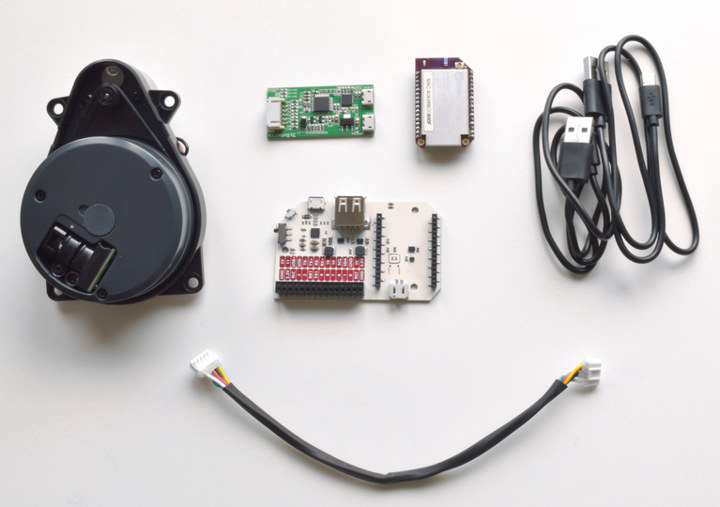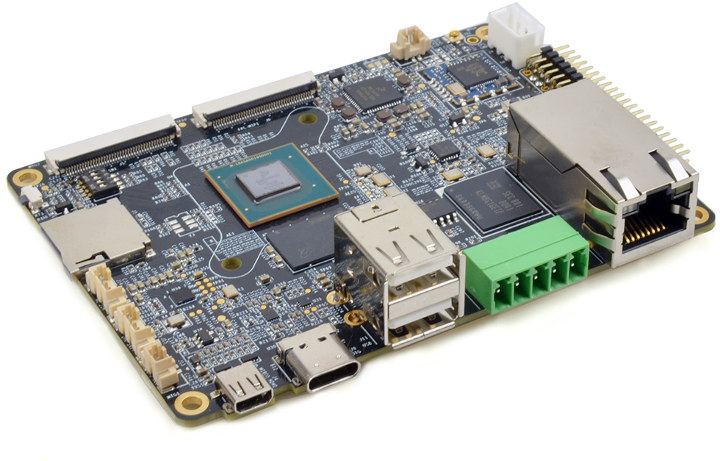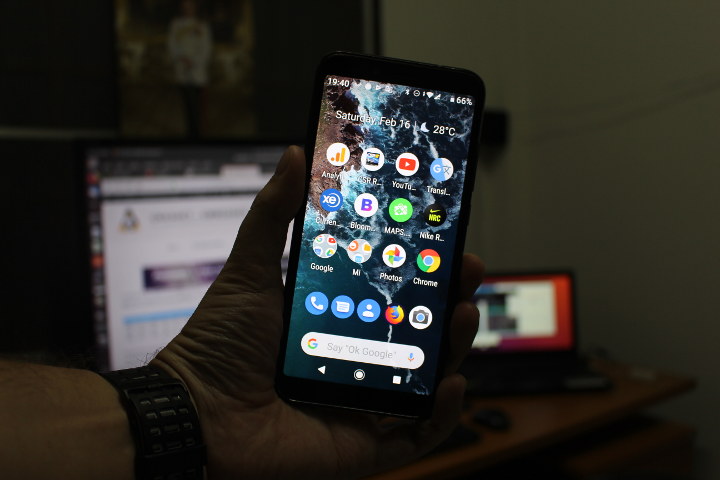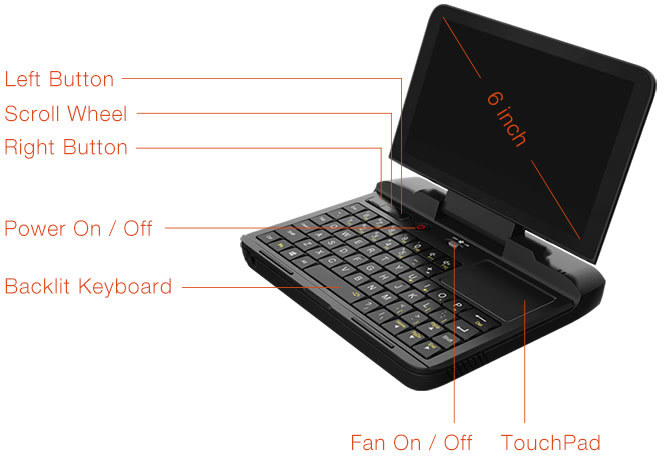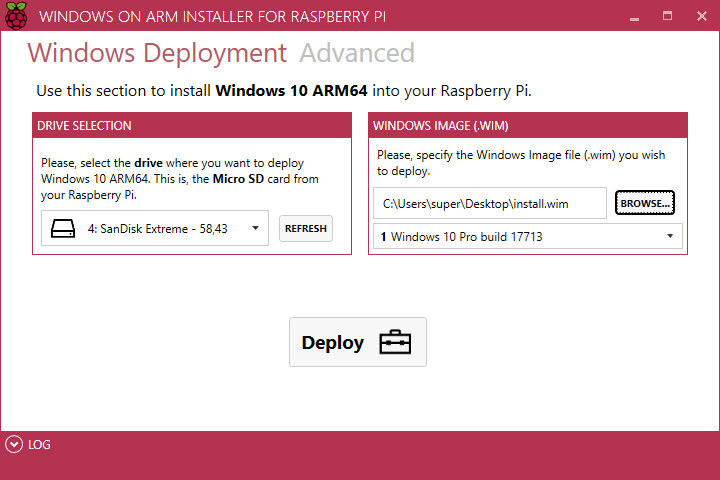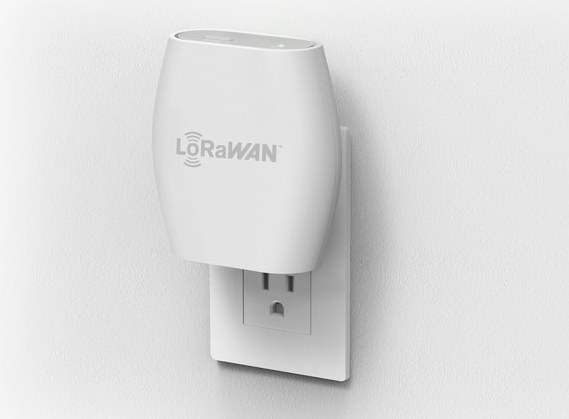Onion Omega2 is a tiny WiFi board running OpenWrt that launched for as low as $5 via a crowdfunding campaign around 2 years ago, and at the time I reviewed Onion Omega2+ board – which comes with more memory and storage – together with its dock, and I found it was fairly easy to get started with the solution. You can now buy the board for a little over $10, but the company also offers kits, and their latest product is Omega2 wireless LIDAR kit with an indoor 360˚ 2D LiDAR scanner that uses rotating laser ranging to measure and map exact distances to indoor surroundings. The kit is comprised of the following items: Onion Omega2+ board with MediaTek MT7688 MIPS processor, 128MB RAM, 32MB flash Power Dock 2 with 30-pin expansion header and USB host port Delta2B 360˚ LiDAR Scanner Up to 5000 samples/second Range – 0.2 to 8 […]
Pico-ITX i.MX8M Board Enables Offline Voice Control with Snips
A few days ago, we covered Estone Technology’s MJ-100 RK3399 rugged tablet. I’ve just realized Estone Technology used to promote their embedded product under the Habey USA brand, which we covered a few times here, and the company has also announced another new product ahead of Embedded World 2019 with their EMB-2238 Pico-ITX i.MX8M board specifically designed for voice control applications. The company setup two voice control demos with the board: one with Amazon Alexa Voice Service (AVS) and another with Snips that works locally without any Internet connection. We actually came across Snips previously for an article comparing microphone arrays, but I never looked into Snips into details or saw an actual demo. Let’s have a quick look at EMB-2238 board specifications first: SoC – NXP i.MX 8MQuad with 4x Arm Cortex-A53 cores @ 1.5GHz, 1x Arm Cortex-M4 realtime-core @ 266MHz, Vivante GC7000L/GC7000LVX with support for OpenGL/ES 3.1, OpenGL […]
Xiaomi Mi A2 Review with Android 9.0 Pie
I had been using Xiaomi Mi A1 Android One smartphone since the end of 2017, and was mostly satisfied with it thanks to regular (monthly) firmware update, although I was a bit disappointed by the camera overtime. Eventually I had a serious issue with Mi A1’s eMMC flash, and stopped using it at the end of last year, or roughly after one year of service, since the phone became unusable, unbearably slow. Xiaomi Mi A2 and A2 Lite where released last summer, and having seen Mi A2 was getting an Android 9.0 firmware in Q4 2018, I asked GearBest whether they could send a sample to review the latest Xiaomi Android One phone. They accepted, and I posted the first part of the review in early December. However, at this time, I did not get the update, since it was not released in Thailand, but soon enough Xiaomi Mi A2 […]
WCH CH572 is a RISC-V MCU with Bluetooth LE Connectivity
Jiangsu Qinheng Co., Ltd, better known as WCH, is famous for their USB to TTL chip such as CH340, but the company also offers various wireless MCUs, including some Arm Cortex-M0 based Bluetooth / Zigbee parts such as CH579. But today, I was informed a new Bluetooth MCU showed up on WCH website: CH572 with a RISC-V MCU core @ 60 MHz. We have limited information about the MCU, but here’s what we need so far about CH572 specifications: Core – RISC-V MCU @ up to 60 MHz System Memory – 10K SRAM Storage – 96KB OTP (One-Time Programming) flash Connectivity – Bluetooth LE USB – 1x USB host, 1x USB device Other Peripherals and I/Os 11-ch 12-bit ADC 3x 26-bit timers 11x PWM 2x UART, 1x SPI 23x GPIOs RTC and Watchdog Supply Voltages – 3.3V/2.5V Package – QFN28 The main downside is that’s an OTP flash, so you’d […]
GPD MicroPC is a Windows 10 / Ubuntu MATE Portable Mini PC for Sysadmins (Crowdfunding)
I shortly discussed GPD MicroPC, a portable computer specifically designed for for network engineers and sysadmins in a post about the company’s Pocket 2 Amber Black mini laptop, but I did not go into details at the time since it was not available. GPD has now launched a crowdfunding campaign on Indiegogo for the portable Gemini Lake mini PC, where you can pick one of the 2,000 units that are available for $299 including worldwide shipping. GPD MicroPC specifications: SoC – Intel Celeron N4100 quad core Gemini Lake processor with Intel UHD Graphics 600 System Memory – 4GB LPDDR4 Storage – Replaceable 128GB M.2 2242 SATA SSD, micro SDXC card slot Display – 6″ display with 1280×720, Gorilla Glass 4, 178° viewing angle Video Output – HDMI 2.0 up to 4K @ 30 Hz Audio – Built-in microphone, headphone jack, digital audio via HDMI Networking Gigabit Ethernet 802.11 a/b/g/n/ac WiFi […]
Arm Helium Delivers up to 15x Performance Uplift for Machine Learning on Cortex-M MCUs
Arm has just unveiled Armv8.1-M architecture that adds Arm Helium technology, the M-Profile Vector Extension (MVE) for the Arm Cortex-M cores that will improve the compute performance of Cortex-M based microcontrollers. Helium will deliver up to 15 times more machine learning (ML) performance and up to 5 times uplift to signal processing allowing local decision-making on low-power embedded devices. Helium instructions will enable new applications for Arm Cortex-M microcontrollers in audio devices, sensor hubs, keyword spotting, voice command control, power electronics, communications and still image processing. Helium and Neon (the Advanced SIMD technology for Arm Cortex-A processors) are similarities but Helium has been designed for efficient signal processing performance in small processors. One different illustrated below is that while NEON loads 128-bit instructions (e.g. VLDR, VLMA), Helium will split up 128‑bit wide instruction into four equally sized chunks, called “beats” (labelled A to D) due to difference between Cortex-M and […]
You Can Now Run Windows 10 Home/Pro on Raspberry Pi 3
The Raspberry Pi 3 Model B/B+ SBC officially supports Windows 10 IoT, but if you ever wanted to run the full Windows 10, you’d be out of luck since Microsoft does not provide this option. However, there’s now an unofficial app called WoA Installer for Raspberry Pi 3 that can install Windows 10 Home / Professional Arm64 on your Raspberry Pi 3 B/B+ board. WoA stands for Windows on Arm, and the project is hosted on Github. All you need is a Windows 10 computer with .NET Framework 4.6.1, a class A1/A2 micro SD card, your RPi 3 board, and a Windows 10 ARM64 Image. The interesting part is that you apparently have to generate the .wim image through your web browser by going to https://uup.rg-adguard.net/ where you’ll be to select: Type – Windows (Final version), Windows (Insider version), Cumulative update for Windows 10 Version – Choice of x86 or […]
The Things Industries Announces $69 Indoor Multi-Channel LoRaWAN Gateway
If you ever see a cheap LoRaWAN gateway, chances are that it is a single channel gateway such as Dragino LoRa gateways that can be purchased for as low as $56. Those will work for your private network, but if others people try to use your gateway, some LoRa nodes will fail to connect. So what you really need is a multi-channel gateway for instance to connect it to The Things Networks. That would be $200 (and up), thank you very much. The IoT can only succeed on a large scale if costs are low enough, so Things Industries decided to design, and has now unveiled a low cost indoor multi-channel LoRaWAN gateway. Meet The Things Indoor Gateway. The Things Indoor Gateway specifications: SoC – Espressif System ESP8266 WiSoC Wireless Connectivity 802.11 b/g/n WiFi 4 via ESP8266 + PCB antenna LoRaWAN via Semtech 1308 chipset with Support for 868 MHz […]

